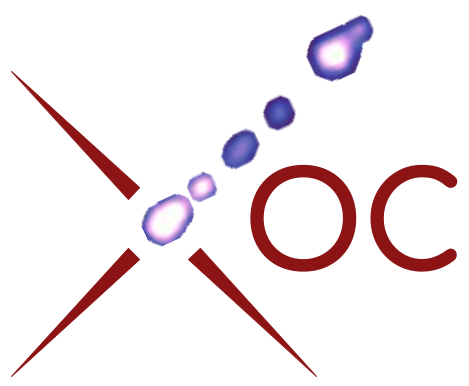Galaxy Cluster Astrophysics

Galaxy clusters are the largest objects in the Universe, 10 million light years across and containing as much mass as a million, billion suns. Our research examines the physics of these remarkable systems using the best available multi-wavelength data.
Most of the normal, baryonic matter in the Universe is in gaseous form and very hard to detect. Within galaxy clusters, however, the enormous gravity squeezes this gas, heating it to temperatures of tens of millions of degrees, and causing it to shine brightly at X-ray wavelengths. X-ray observations made with satellite observatories like the Chandra X-ray Observatory and XMM-Newton can reveal, in exquisite detail, the thermodynamic properties of galaxy clusters and the enrichment history of the metals within them, created by generations of star formation.
Site content
For further discussion of this work, see e.g.:
- Willis, J., Canning, R., Noordeh, E., Allen, S., King, A., Mantz, A., Morris, R., Stanford, S., & Brammer, G. (2020). Spectroscopic confirmation of a mature galaxy cluster at a redshift of 2. Nature, 577(7788), 39-41. https://doi.org/10.1038/s41586-019-1829-4
- Zhuravleva, I., Churazov, E., Schekochihin, A., Allen, S., Vikhlinin, A., & Werner, N. (2019). Suppressed effective viscosity in the bulk intergalactic plasma. Nature Astronomy, 3, 832-837. https://doi.org/10.1038/s41550-019-0794-z
- Werner, N., Urban, O., Simionescu, A., & Allen, S. (2013). A uniform metal distribution in the intergalactic medium of the Perseus cluster of galaxies. Nature, 502(7473), 656-658. https://doi.org/10.1038/nature12646
- Simionescu, A., Allen, S., Mantz, A., Werner, N., Takei, Y., Morris, G., Fabian, A., Sanders, J., Nulsen, P., George, M., & Taylor, G. (2011). Baryons at the Edge of the X-ray-Brightest Galaxy Cluster. Science, 331(6024), 1576. https://doi.org/10.1126/science.1200331
